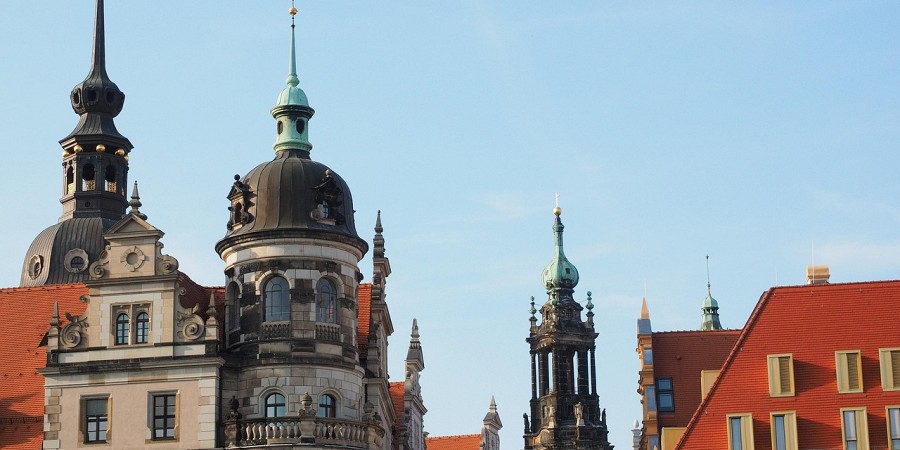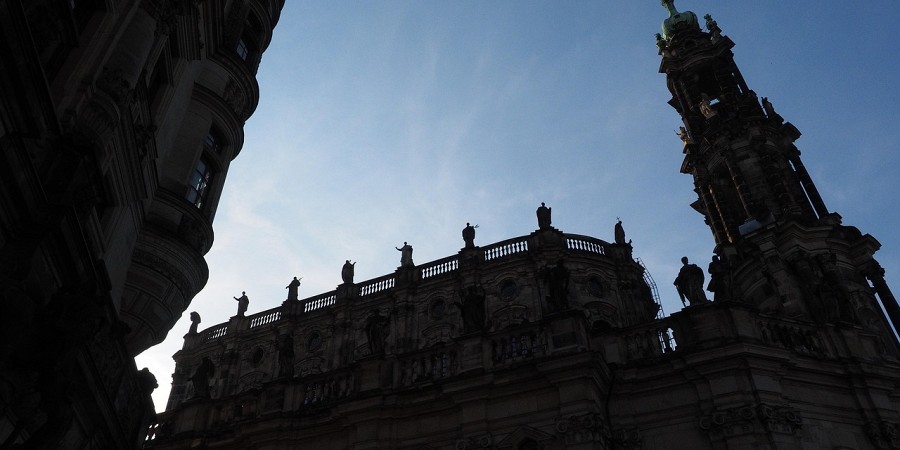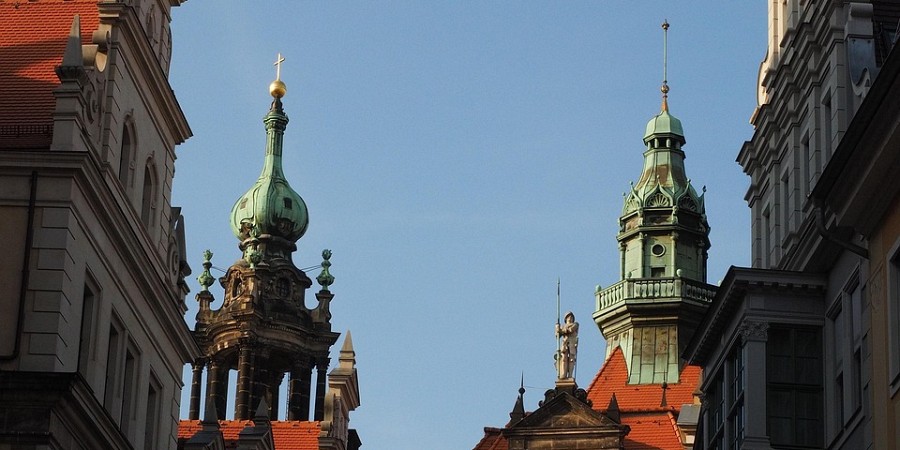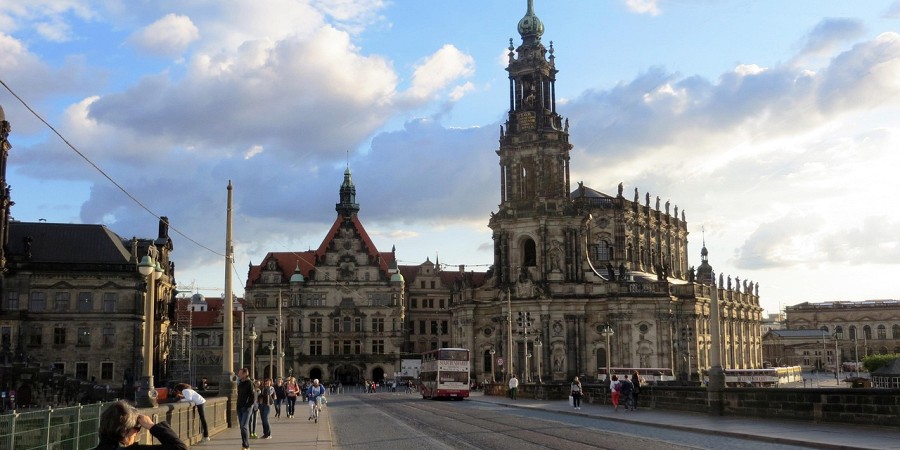10/06/2025
5 / 5
Discover the stunning Hofkirche in Lucerne, Switzerland. Learn about its history, architecture, and visiting information. A must-see for every traveler!

Nestled in the heart of Lucerne, Switzerland, the Hofkirche (Church of St. Leodegar) is a breathtaking example of Gothic architecture and a significant landmark of the city. With its twin towers and intricate design, it attracts visitors from around the globe.
The Hofkirche was originally built in the 9th century and has undergone several renovations and expansions over the centuries. The current structure, completed in the 15th century, showcases the transition from Romanesque to Gothic styles.
The Hofkirche is open to the public and offers a serene atmosphere for reflection and exploration. Here are some important details for your visit:
Whether you are a history enthusiast, an architecture lover, or simply looking for a peaceful place to reflect, the Hofkirche in Lucerne is a must-visit destination that beautifully encapsulates the rich cultural heritage of Switzerland.





Hama
5/5
A beautiful majestic cathedral in the centre of historic Dresden.This place is utterly magnificent, the nearby Zwinger Palace, the sumptuous opera house and other beautiful buildings form an almost fairytale-like surroudings. Plus the river Labe nearby. Awesome. I love that.
Steven Cheng
5/5
Magnificent cathedral, beautifully restored inside and out! It is not a massive building but if you take your time to looking for details, it will amaze you for sure! The church are closed for lunch between 12:00 noon to one PM everyday. And the door D will open right at the bell ring at 1:00 pm. Take your time, seats down and enjoy this amazing masterpiece!
Satya SSP
5/5
This Kirche offers a deep and enduring spiritual connection just like my favorite Frauenkirche. Rooted in the teachings of Jesus Christ and the apostles, its doctrines, sacraments, and liturgical practices provide structure, meaning, and comfort. The Mass, the Eucharist, and the emphasis on community and charity are central pillars that resonate with us. It also possesses a rich cultural and historical influence. I am a Hindu, and I always found this Kirche as one of my favorite places to go and meditate. People are kind, and the ambiance would prove all my statements above. Please do visit.
Average Rating: ⭐ 5/5
No spam – just travel inspiration.